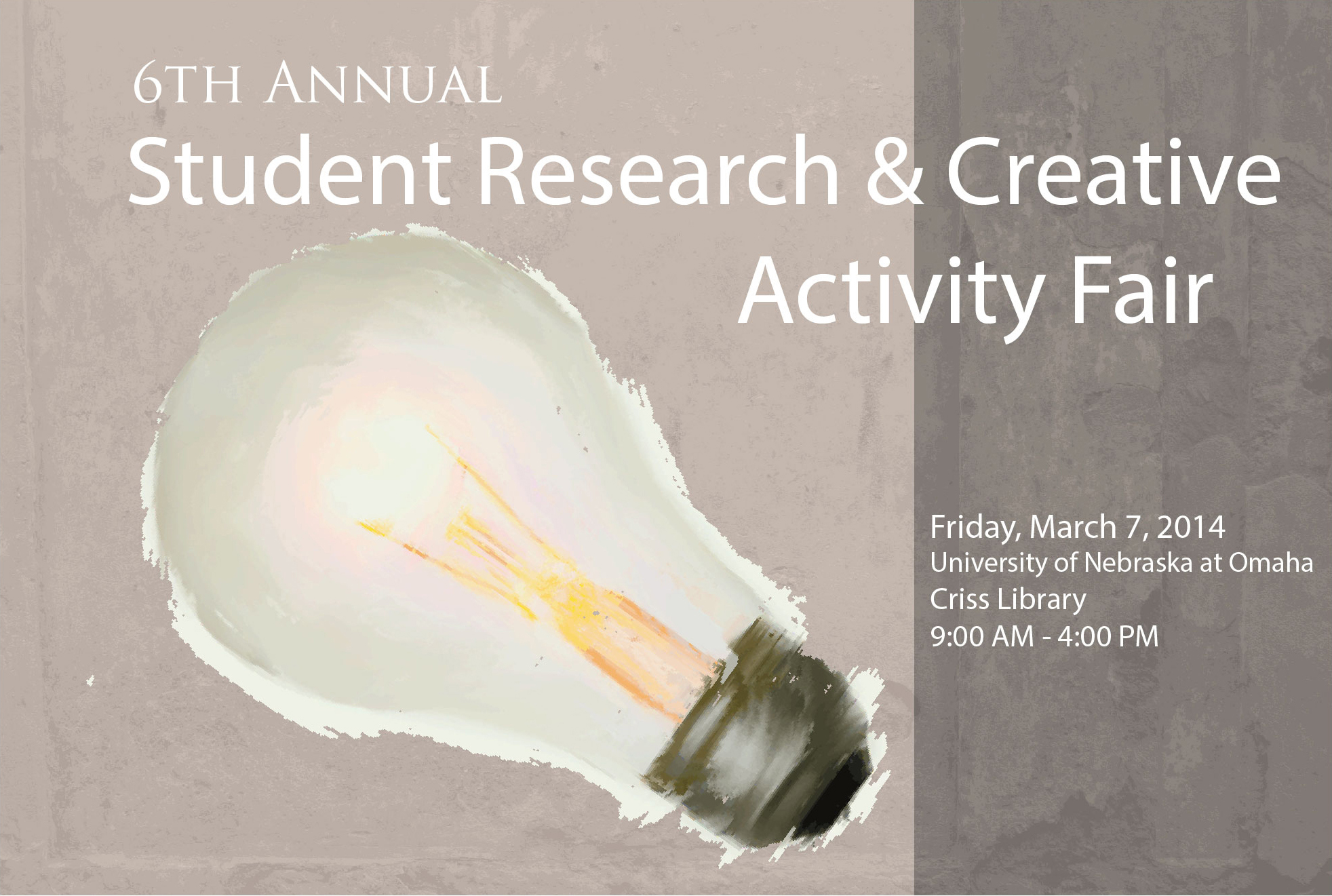
The Relationship between Problem Construction and Malevolent Creativity
Advisor Information
Roni Reiter-Palmon
Location
Dr. C.C. and Mabel L. Criss Library
Presentation Type
Poster
Start Date
7-3-2014 1:00 PM
End Date
7-3-2014 4:00 PM
Abstract
Creativity has often been regarded in a positive aspect, generally thought of as benefiting society. Although creativity can be beneficial, it can also be used for malevolent purposes. Malevolent creativity (MC) describes actions that are original and intentionally harmful. Regardless of positivity or negativity, individuals engage in a series of cognitive processes when confronted with a problem. The first step is called problem construction (PC); through this process, individuals restate the problem in a way that suits their understanding of the problem. Neither MC nor PC have been studied very much, so we were curious as to whether the originality of problem restatements would relate to the MC of problem solutions. To test that research question, undergraduate students from a Midwestern university participated in our study. Participants responded to a socially-oriented, hypothetical problem that was either positively-valenced or negatively-valenced. It was found that the number of original restatements—operationalized in three ways—positively related to the number of malevolently creative ideas generated to solve the problem. These results indicate that the more original an individual is at PC (in the form of generating original problem restatements), the more malevolently creative he or she may be when responding to the same problem. The practical implications of these results suggest that creativity in the workplace and in schools could yield higher instances of MC when students and employees are asked to think more about the problems they encounter (i.e., engage in more PC).
The Relationship between Problem Construction and Malevolent Creativity
Dr. C.C. and Mabel L. Criss Library
Creativity has often been regarded in a positive aspect, generally thought of as benefiting society. Although creativity can be beneficial, it can also be used for malevolent purposes. Malevolent creativity (MC) describes actions that are original and intentionally harmful. Regardless of positivity or negativity, individuals engage in a series of cognitive processes when confronted with a problem. The first step is called problem construction (PC); through this process, individuals restate the problem in a way that suits their understanding of the problem. Neither MC nor PC have been studied very much, so we were curious as to whether the originality of problem restatements would relate to the MC of problem solutions. To test that research question, undergraduate students from a Midwestern university participated in our study. Participants responded to a socially-oriented, hypothetical problem that was either positively-valenced or negatively-valenced. It was found that the number of original restatements—operationalized in three ways—positively related to the number of malevolently creative ideas generated to solve the problem. These results indicate that the more original an individual is at PC (in the form of generating original problem restatements), the more malevolently creative he or she may be when responding to the same problem. The practical implications of these results suggest that creativity in the workplace and in schools could yield higher instances of MC when students and employees are asked to think more about the problems they encounter (i.e., engage in more PC).
